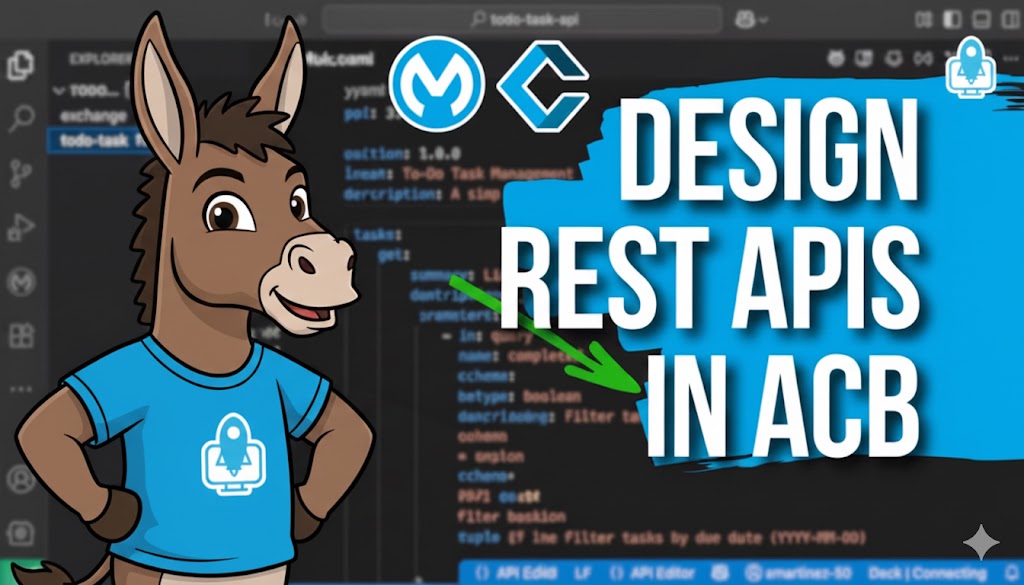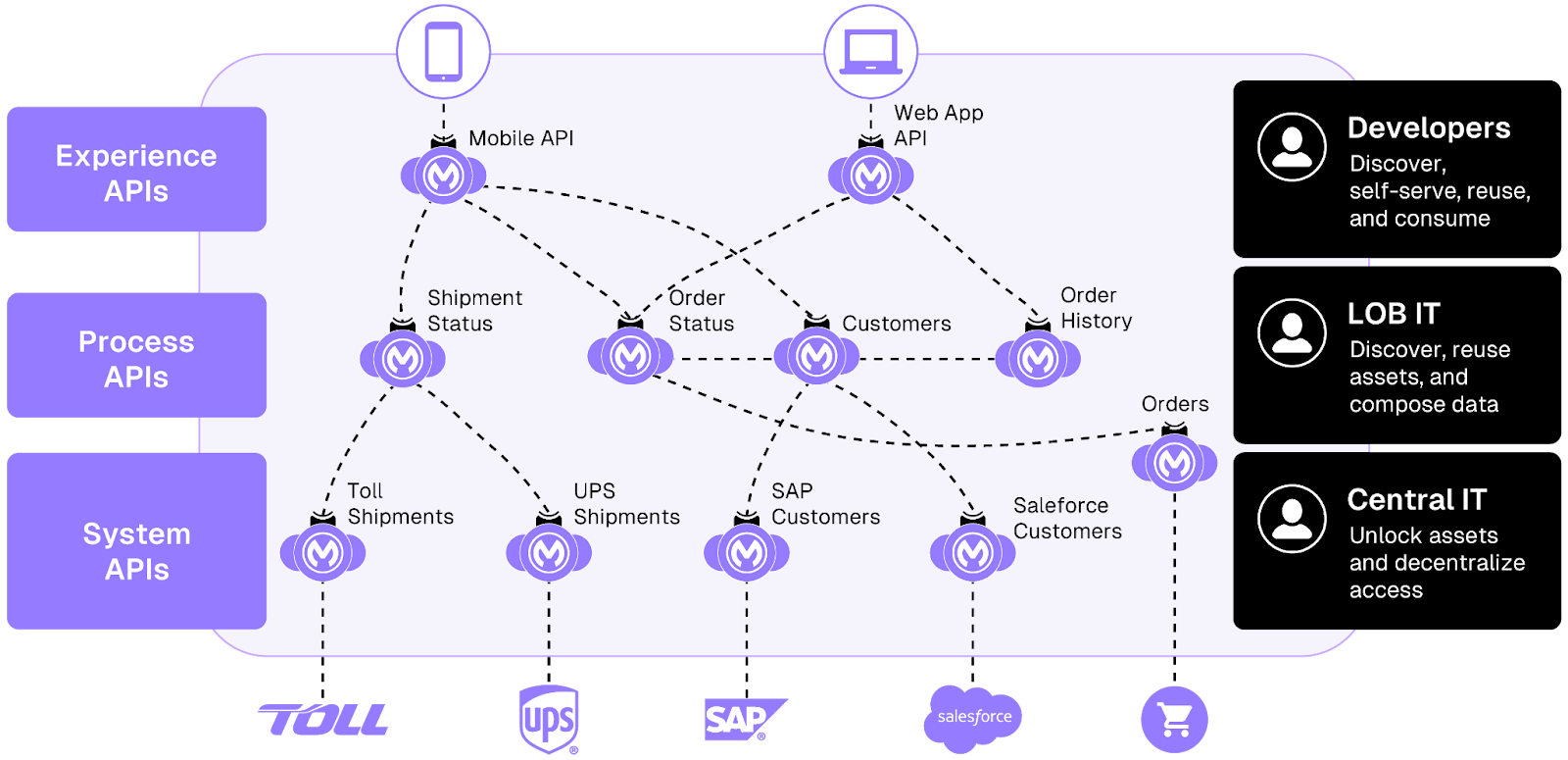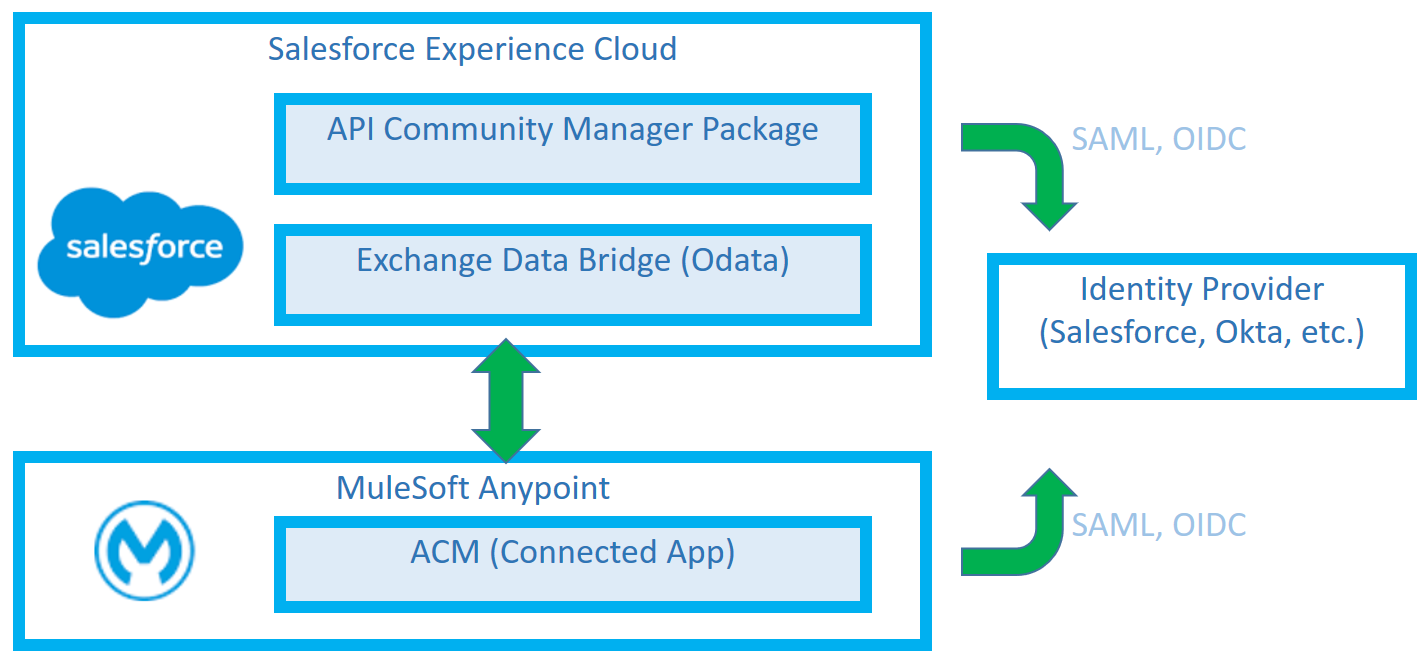Whether you’re new to MuleSoft or finally starting to explore Anypoint Code Builder (ACB), this post will walk you through designing a full REST API specification using OpenAPI 3.0 — directly inside VS Code, with no XML or flows yet.
By the end, you’ll be able to:
- Define a reusable OpenAPI spec for a To-Do API
- Mock and test the endpoints inside ACB
- Publish the spec to Anypoint Exchange so your team can reuse or scaffold flows from it later
Let’s build the foundation for your next MuleSoft project — the right way.
🛠️ What You’ll Need
- New to ACB? Read our Getting Started guide first.
- Anypoint Platform account to publish to Exchange.
🧪 What We’re Building
We’re designing a To-Do Task Management API that supports full CRUD operations for /tasks:
- GET /tasks to list tasks with optional filters
- POST /tasks to create a task
- GET /tasks/{taskId}, PUT, and DELETE for individual task management
- A schema for Task and a separate input model TaskInput
If you want to follow with the YAML file, you can check it out here.
🧑💻 Step-by-Step API Design in ACB
1. Create a New OpenAPI Spec
From the ACB Welcome screen, choose “Design an API”, then select:
- Type: API Specification
- Language: OpenAPI 3.0 (YAML)
- Project name: todo-task-api
You don’t need to log into Anypoint Platform just yet.
2. Fill Out the API Info Block
Update the metadata like this:
info:
version: 1.0.0
title: To-Do Task Management API
description: A simple API for managing to-do tasks. Supports full CRUD operations for tasks in a single-user context.This info will be displayed in Exchange later — so make it clear and helpful.
3. Define Your Endpoints
Start with the /tasks resource and support:
- GET with optional query parameters (completed, dueDate)
- POST with a JSON request body
paths:
/tasks:
get:
summary: List all tasks
description: Retrieve a list of all tasks, with optional filtering by completion status and due date.
parameters:
- in: query
name: completed
schema:
type: boolean
description: Filter tasks by completion status (true or false)
- in: query
name: dueDate
schema:
type: string
format: date
description: Filter tasks by due date (YYYY-MM-DD)
responses:
"200":
description: A list of tasks
content:
application/json:
schema:
type: array
items:
$ref: "#/components/schemas/Task"
post:
summary: Create a new task
description: Add a new task to the to-do list.
requestBody:
required: true
content:
application/json:
schema:
$ref: "#/components/schemas/TaskInput"
responses:
"201":
description: Task created successfully
content:
application/json:
schema:
$ref: "#/components/schemas/Task"Then add the /tasks/{taskId} resource with GET, PUT, and DELETE methods.
Make sure to handle the URI parameter.
/tasks/{taskId}:
parameters:
- in: path
name: taskId
required: true
schema:
type: string
get:
summary: Get a task by ID
description: Retrieve a specific task by its unique ID.
responses:
"200":
description: Task details
content:
application/json:
schema:
$ref: "#/components/schemas/Task"
"404":
description: Task not found
put:
summary: Update a task
description: Update an existing task by its ID.
requestBody:
required: true
content:
application/json:
schema:
$ref: "#/components/schemas/TaskInput"
responses:
"200":
description: Task updated successfully
content:
application/json:
schema:
$ref: "#/components/schemas/Task"
"404":
description: Task not found
delete:
summary: Delete a task
description: Remove a task from the list by its ID.
responses:
"204":
description: Task deleted successfully
"404":
description: Task not found4. Add Reusable Schemas
In the components section, define two schemas:
Task
components:
schemas:
Task:
type: object
properties:
id:
type: string
example: "1"
title:
type: string
example: Buy groceries
description:
type: string
example: Milk, bread, eggs
dueDate:
type: string
format: date
example: 2026-01-01
completed:
type: boolean
default: false
example: false
required:
- id
- title
- completedTaskInput
TaskInput:
type: object
properties:
title:
type: string
example: Buy groceries
description:
type: string
example: Milk, bread, eggs
dueDate:
type: string
format: date
example: 2026-01-01
completed:
type: boolean
default: false
example: false
required:
- title
- completed5. Test Using the API Console
Your API Specification should look like this.
Click API Console to try out each endpoint — no flows required.
You’ll see:
- Query parameter validation
- 404 handling
- Schema errors if you send the wrong type
- Simulated responses using your example data
This is perfect for quick iteration or mocking out APIs.
6. Publish to Anypoint Exchange
When you’re ready to share:
- Log into Anypoint Platform via ACB
- Press Cmd/Ctrl + Shift + P → “Publish API Project to Exchange”
- Choose a business group and version, then publish!
You can now discover and reuse this API inside your org — or scaffold flows from it in the next step.
📦 What’s Next?
In the next tutorial, we’ll take this exact API spec and use it to auto-generate the MuleSoft flows. You’ll implement the endpoints inside VS Code without writing a line of XML manually.



